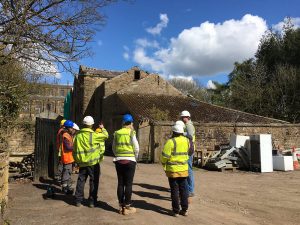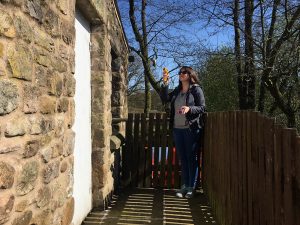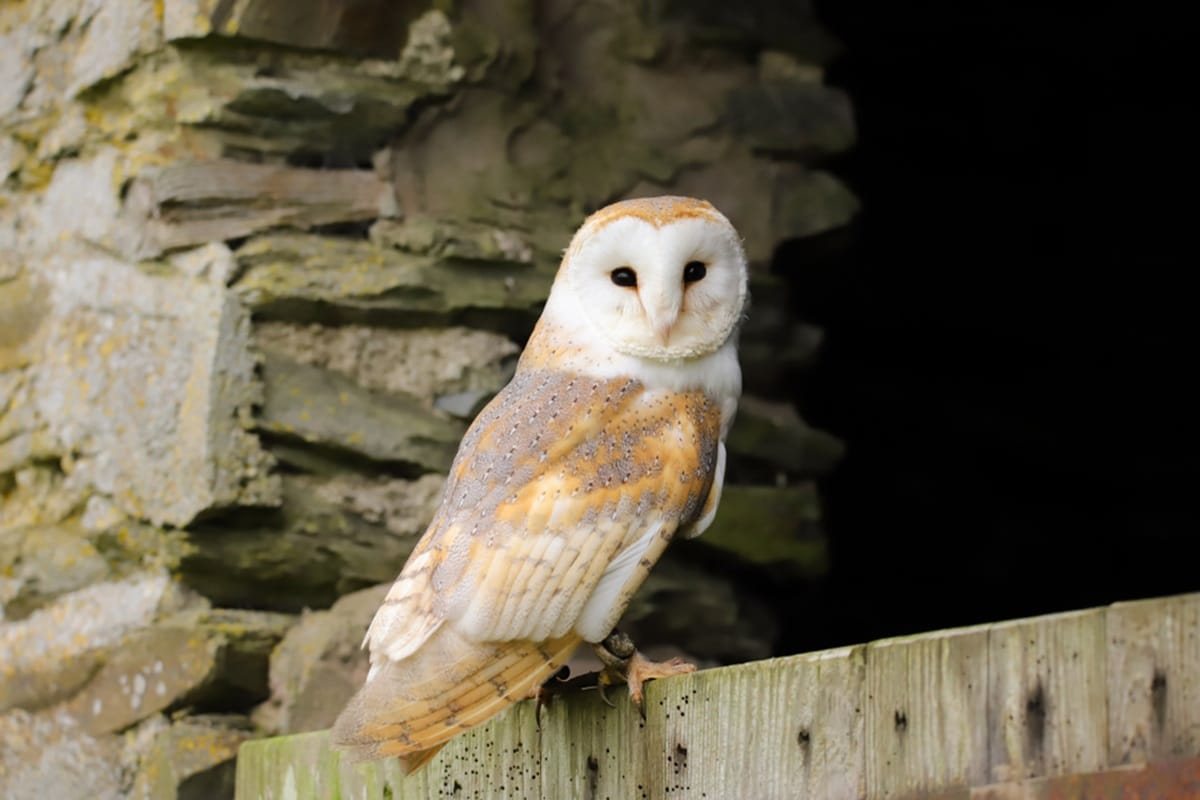Course run by: Janette and Pat from Ecology Services UK Ltd
Location: Bowland Wild Boar Park, Preston
There is a distinct lack of mitigation courses for consultants to attend, and even less bat-focussed ones so this course offered a rare opportunity to converse with peers and the very experienced Janette and Pat all about bat mitigation.
What stood out almost straight away was the sheer enthusiasm that both Path and Janette had for bat conservation. This enthusiasm has allowed them to go above and beyond when conducting mitigation projects, giving them very valuable insights into what mitigation strategies have worked in particular scenarios.
Because of all the extra ‘work’ Pat and Janette have conducted on a voluntary basis with wildlife trusts and conservation agencies (and clients) they could bring a wide range of specific examples of mitigation working (and not working) and therefore give all the attendees a short cut to their hard earned knowledge.
The course involved three outdoor sessions, one of which was at the centre itself and two others further afield. One of these involved a visit to a cave and lime kiln where a Myotis spp. bat was spotted alongside the learning about natural features that bats use in the landscape.
The field trip on the second day involved a trip to an ongoing mitigation project that Ecology Services UK Ltd are involved with, which included the largest bat mitigation building that all the attendees had seen! This allowed a fantastic insight into a current mitigation project and a great example of a bat-specific mitigation project. This was definitely one of the highlights of the course.

The trainers were both engaging and polite and always at hand to answer any questions. The style of presenting was informal which meant that there was a lot of trainee engagement throughout the course. This not only increased the number of case studies and scenarios covered in the course but meant that the two days of training flew by very quickly.
The course covered ecology survey techniques and the whole survey process in regards to when to start thinking about mitigation and how to gather the best information to inform mitigation further down the line. This allowed attendees to use specialist equipment that many had not been exposed to previously which was a great addition to the course.

It also allowed peers to collate information and share knowledge of the more practical elements of bat surveying, whilst learning how to place this knowledge in the context of mitigation.
Another worthwhile session was how to effectively communicate with clients the need for mitigation and the level of detail required to do this. Real examples of situations that had gone wrong were used including how they were resolved and how to avoid them from happening in future cases.
Overall, we would both highly rate this course and encourage anyone looking to gain more experience in the later stages of working with bats to get involved.
Our Marks
Content: 4/5
Teaching style: 5/5
Location: 5/5
Field trips: 4/5






